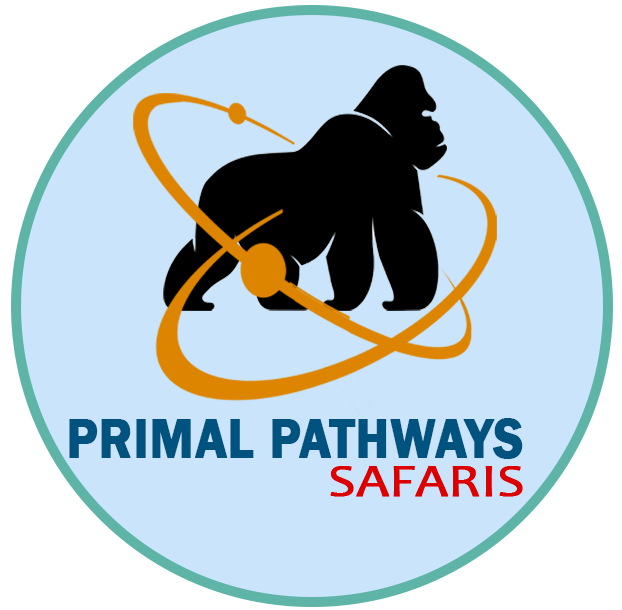- Home
- About Us
- Uganda Safaris
- Long Day Safaris
- 18 Days Uganda Wildlife Safari
- 17 Days Beauty of Uganda
- 15 Days Best of Uganda Safari
- 13 Days Uganda Tour
- 12 Days Uganda & Rwanda Discovery Tour
- 9 Days Uganda Wildlife & Gorilla Safari
- 7 Days Uganda Chimpanzee & Gorilla Trek
- 7 Days Kidepo Valley & Murchison Falls Safari
- 6 Days Uganda Wildlife & Gorilla Trekking Tour
- 6 Days Murchison Falls & Queen Elizabeth Safari
- 6 Days Kidepo Valley & Murchison Falls Safari
- 6 Days Chimpanzee & Gorilla Habituation
- Short Day Safaris
- 5 Days Uganda Gorilla & Batwa Tour
- 5 Days Lake Mburo & Queen Elizabeth Safari
- 5 Days Lake Mburo & Queen Elizabeth Safari
- 5 Days Lake Mburo & Gorilla Trek
- 4 Days Uganda Gorilla Habituation & Lake Bunyonyi Tour
- 4 Days Uganda Double Gorilla Trek
- 4 Days Queen Elizabeth Wildlife Safari
- 4 Days Kidepo Flying Safari
- 4 Days Budongo & Murchison Falls Safari
- 3 Days Uganda Gorilla Trekking Safari
- 3 Days Uganda Gorilla Flying Safari
- 3 Days Murchison Falls Safari
- 3 Days Lake Mburo National Park Safari
- Long Day Safaris
- Rwanda Safaris
- Destinations
- Uganda
- Bwindi Impenetrable National Park
- Murchison Falls National Park
- Queen Elizabeth National Park
- Kibale Forest National Park
- Kidepo Valley National Park
- Lake Mburo National Park
- Semuliki National Park
- Mountain Elgon National Park
- Mgahinga Gorilla National Park
- Rwenzori Mountains National Park
- Ziwa Rhino Sanctuary
- Kazinga Channel
- Lake Bunyonyi
- Lake Victoria
- Mabamba Swamp
- Mabira Forest
- Sipi Falls
- Source of the Nile
- Ssezibwa Falls
- Ssese Islands
- Rwanda
- Uganda
- Experiences
- Contact Us

